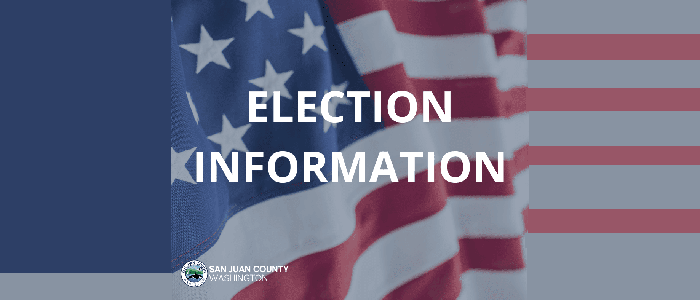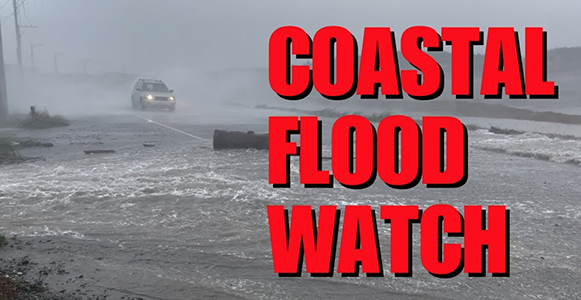||| FROM TOM OWENS |||
San Juan County is literally at the end of the road for our electric energy supplies. Our connection to mainland energy resources is aging and our peak loads are approaching the point where the failure of one cable could put us in the dark. We are at risk of long-term power outages. Our options are limited and we must start doing what we can to address this risk now.
Where does out electric energy come from? The actual energy that OPALCO delivers to each of us comes from operating generation resources (coal, natural gas, hydro, wind, solar, geothermal and nuclear) connected to the “electric power grid” (a vast network of electric transmission cables spanning the western third of the US, parts of both Canada and Mexico). Energy flows from the grid (much of it owned and operated by BPA) to Puget Sound Energy’s transmission lines, which in turn delivers energy to BPA’s Fidalgo Substation near Anacortes. The critical BPA’s undersea cables carry that energy to BPA’s Lopez Island Substation.
OPALCO then delivers this electric energy through its own set of undersea cables and overhead and buried transmission/distribution lines. And your lights come on when you switch the switch.
Just what are those vital BPA undersea cables? There are two; one built in 1991 with 140 MW of capacity and one built in 2001 with 90 MW. Life expectancy of these cables is 30 to 40 years. OPALCO and BPA are taken steps to extend the
cables’ operating lives as much as possible. The cost of a new cable could run to $125M or more. Just imagine what your monthly bill would look like if this amount added to OPALCO’s current assets of $80M on their balance sheet.
The time to put in a new cable could be a decade or so. This is our risk and it carries consequences are huge.
Just how vulnerable are we for this problem to arise? If one cable went off line, all our energy demand would have to fall on the remaining cable. In the summer, our loads are on the order of 15 MW, so the remaining cable would certainly carry the load. However, our winter peak loads are now 88 MW and will soon rise to 100 MW and more with time (our system’s loads are still growing). If the larger 140 MW cable were to fail, the 90 MW cable could not carry the 100 MW winter peak. Breakers would open to protect the remaining cable. Power to the entire county would go out. Recovery could be difficult and not quick and we could be down to only the smaller cable.
Mitigating the risk to those vital cables is vitally important and is going to take collective actions. The most obvious step would be to limit peak demand to 90 MW. At times of extreme cold and high peak load, non-vital loads could be
dropped off line. Customers could reduce heating demand by lower substantially thermostat setting. Commercial loads could be reduced. This would have to be coordinated and executed rapidly.
So put on your sweaters and shiver along until temperature rise.
Having generation in San Juan County able to be on line during winter peaks would reduce loads the undersea cables would have to carry. Solar is only a very limited option in January/February and not at all at night. If the tidal power
system that OPALCO is evaluating proves to be feasible and gets built, it would add some intermittent (it depends of tidal flows which vary hour to hour) power, up to 2 MW. If more plants can be added, each could at times reduce demand on the undersea cables.
Stored energy could be used during times of peak demand. Batteries do store electric energy and can release that energy on demand. But they have limited capacity and would be depleted in a matter of hours. The Decatur community solar project batteries are a good example but we only have one such project. Building a dedicated and very large battery storage system would be cost prohibitive.
As a community and as owners of OPALCO, we must promote rather than try to defeat new generation resources. Opposing the Bailer Hill community solar project is an example of short-sighted thinking. We must have more community solar projects to gain as much battery storage as possible. We must accept, if they prove feasible, several tidal plants in our waters. Load shedding (cut off some power demands) must be set up and ready to go, with the public fully understanding what this is and how it is going to happen.
Come on folks, let’s start addressing this risk!
**If you are reading theOrcasonian for free, thank your fellow islanders. If you would like to support theOrcasonian CLICK HERE to set your modestly-priced, voluntary subscription. Otherwise, no worries; we’re happy to share with you.**









Pumped hydro anyone? I am speaking to you, Washington State Parks.
It seems offhand that we need some kind of organized load-shedding program to be set up, assigning priorities to various power uses and users. But that is a political process that should involve public input — not be made unilaterally by OPALCO. Which is, after all, a member-owned cooperative. At least that’s what they tell us.
Pumped hydro has environmental issues but perhaps fluctuating lake levels could be managed if held to a modest range? There is already a pipeline from Cascade Creek to Cascade Lake, not sure of it’s condition… we could pump uphill with diurnal solar, intermittent wind and periodic tidal power. Gravity flow through hydro generators back to the lower lake when needed. Like all generation systems, it has it’s own set of issues, but surely we need to be discussing ALL our options?